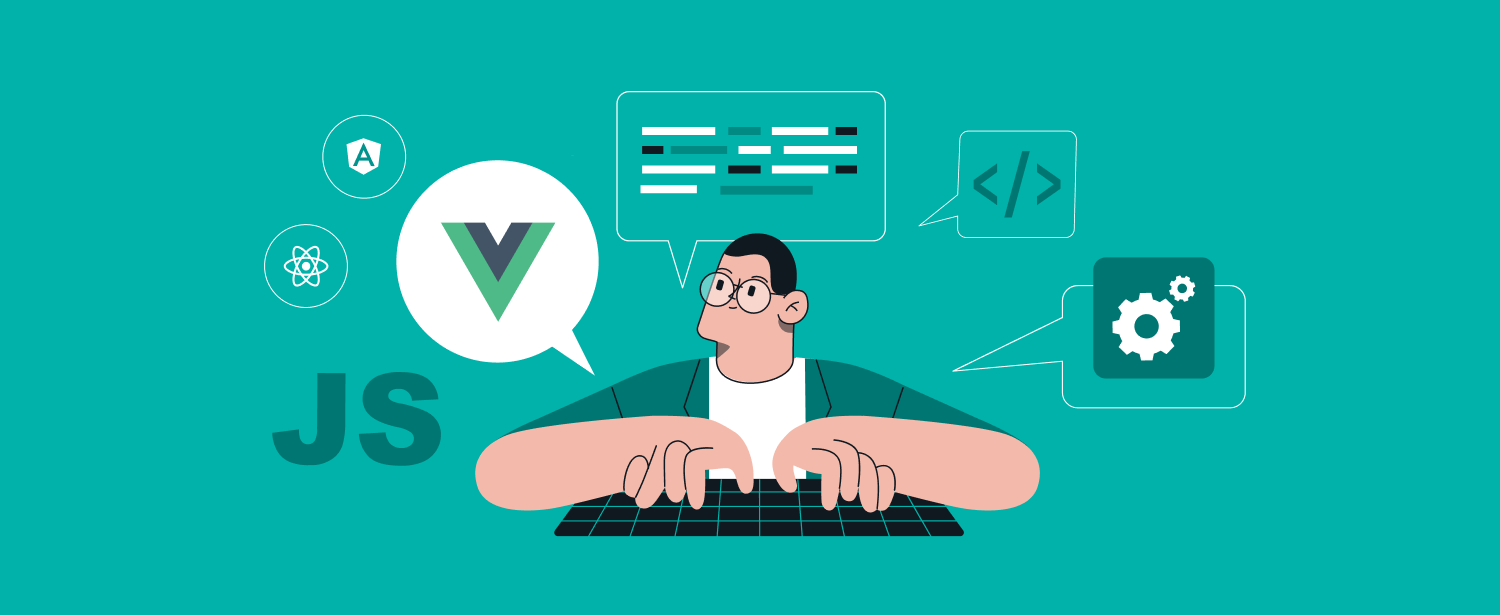News Blast
Stay updated with the latest happenings around the world.
Vue.js: When Your Components Decide to Throw a Party
Discover the wild side of Vue.js! Uncover how your components can throw unexpected parties and what it means for your app's performance.
Understanding Vue.js Component Lifecycle: When to Celebrate
Understanding the Vue.js component lifecycle is crucial for developers looking to leverage the full potential of this powerful JavaScript framework. The lifecycle consists of several distinct stages, including creation, mounting, updating, and destruction. Knowing when each of these stages occurs allows you to implement hooks that can execute code at pivotal moments, such as before creation, after mounting, and before destruction. This knowledge not only helps to manage component behavior but also enhances performance optimization across your Vue applications.
When a component is created, you have the opportunity to initialize data, set up properties, and perform necessary computations. As the component mounts, you might want to celebrate by executing actions that require DOM interaction, such as focusing an input or fetching data from an API. It's essential to utilize Vue.js lifecycle hooks effectively; for instance, using mounted() to celebrate successful data retrieval or beforeDestroy() to clean up event listeners, ensuring a seamless user experience. Mastering these lifecycle methods can significantly enhance your application's responsiveness and maintainability.

Common Reasons Your Vue.js Components Misbehave
Vue.js is a powerful framework for building interactive web applications, but developers often encounter issues with components misbehaving. One common reason for this is improper use of reactive data. When components depend on reactive properties, a change in the data can lead to unexpected re-renders if the state is not correctly managed. For instance, directly mutating a state inside a method rather than using Vue's methods like $set or Vue.set can result in state inconsistencies and bugs.
Another frequent culprit is the misuse of lifecycle hooks. Vue components have a defined lifecycle that includes hooks such as mounted, updated, and destroyed. Misplacing logic in these hooks can lead to components rendering at the wrong time or not updating as expected. To avoid this, ensure that you are using the correct lifecycle hook for your intended logic, and remember that asynchronous code can further complicate these behaviors. Debugging the lifecycle process carefully can help resolve these issues.
How to Handle Events Like a Pro in Vue.js Components
Handling events in Vue.js components is crucial for building interactive applications. To manage events like a pro, it's important to understand the fundamentals of the Vue event system. Start by utilizing the v-on directive or its shorthand @ to listen for events within your component. For example, you might write <button @click='handleClick'>Click Me</button> to bind a click event to a method called handleClick. This approach simplifies event management, as it allows you to directly link your UI elements to the corresponding methods, keeping your code clean and maintainable.
Additionally, employing event modifiers can enhance your event handling capabilities in Vue.js. Modifiers such as .stop or .prevent help manage event propagation and default behavior effectively. For instance, when dealing with form submissions, you can prevent refreshing the page by using <form @submit.prevent='handleSubmit'></form>. This practice not only improves user experience but also reduces potential bugs in your application. By mastering these techniques, you can handle events in Vue.js components with the expertise of a seasoned developer.